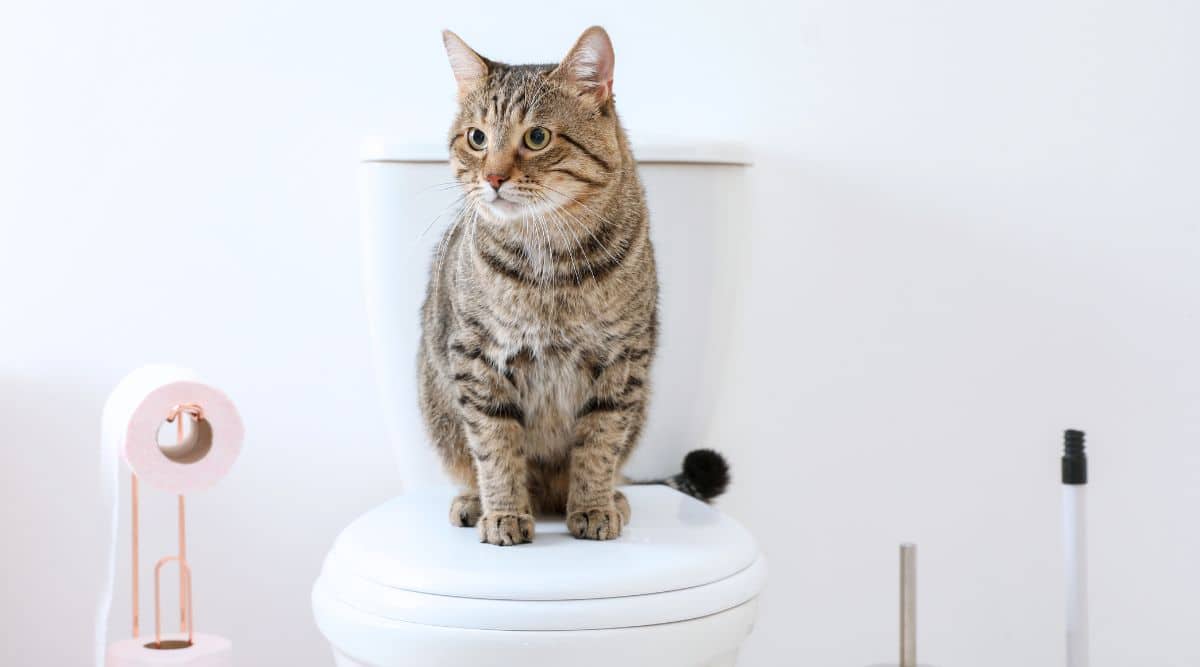We have unearthed the article about Can You Flush Cat Poo or Litter Down the Toilet? down the page on the internet and concluded it made perfect sense to relate it with you over here.

Introduction
As pet cat proprietors, it's necessary to be mindful of exactly how we take care of our feline friends' waste. While it may seem practical to purge pet cat poop down the toilet, this practice can have harmful repercussions for both the setting and human wellness.
Ecological Impact
Purging pet cat poop introduces damaging pathogens and bloodsuckers right into the water, posing a significant risk to aquatic ecosystems. These contaminants can negatively impact marine life and concession water top quality.
Health and wellness Risks
Along with ecological worries, purging feline waste can likewise present wellness risks to people. Feline feces may include Toxoplasma gondii, a parasite that can cause toxoplasmosis-- a potentially extreme health problem, especially for pregnant females and people with damaged body immune systems.
Alternatives to Flushing
The good news is, there are safer and more responsible ways to deal with cat poop. Think about the following options:
1. Scoop and Dispose in Trash
One of the most typical technique of dealing with pet cat poop is to scoop it into a naturally degradable bag and throw it in the garbage. Make sure to use a committed litter scoop and get rid of the waste without delay.
2. Usage Biodegradable Litter
Select naturally degradable pet cat litter made from products such as corn or wheat. These trashes are environmentally friendly and can be safely gotten rid of in the trash.
3. Hide in the Yard
If you have a lawn, think about hiding feline waste in an assigned area far from veggie yards and water resources. Make sure to dig deep enough to stop contamination of groundwater.
4. Set Up a Pet Waste Disposal System
Invest in a pet waste disposal system especially designed for feline waste. These systems utilize enzymes to break down the waste, lowering odor and ecological influence.
Final thought
Accountable pet possession expands past providing food and shelter-- it likewise entails appropriate waste monitoring. By refraining from purging cat poop down the commode and opting for alternate disposal approaches, we can reduce our ecological footprint and secure human wellness.
Why Can’t I Flush Cat Poop?
It Spreads a Parasite
Cats are frequently infected with a parasite called toxoplasma gondii. The parasite causes an infection called toxoplasmosis. It is usually harmless to cats. The parasite only uses cat poop as a host for its eggs. Otherwise, the cat’s immune system usually keeps the infection at low enough levels to maintain its own health. But it does not stop the develop of eggs. These eggs are tiny and surprisingly tough. They may survive for a year before they begin to grow. But that’s the problem.
Our wastewater system is not designed to deal with toxoplasmosis eggs. Instead, most eggs will flush from your toilet into sewers and wastewater management plants. After the sewage is treated for many other harmful things in it, it is typically released into local rivers, lakes, or oceans. Here, the toxoplasmosis eggs can find new hosts, including starfish, crabs, otters, and many other wildlife. For many, this is a significant risk to their health. Toxoplasmosis can also end up infecting water sources that are important for agriculture, which means our deer, pigs, and sheep can get infected too.
Is There Risk to Humans?
There can be a risk to human life from flushing cat poop down the toilet. If you do so, the parasites from your cat’s poop can end up in shellfish, game animals, or livestock. If this meat is then served raw or undercooked, the people who eat it can get sick.
In fact, according to the CDC, 40 million people in the United States are infected with toxoplasma gondii. They get it from exposure to infected seafood, or from some kind of cat poop contamination, like drinking from a stream that is contaminated or touching anything that has come into contact with cat poop. That includes just cleaning a cat litter box.
Most people who get infected with these parasites will not develop any symptoms. However, for pregnant women or for those with compromised immune systems, the parasite can cause severe health problems.
How to Handle Cat Poop
The best way to handle cat poop is actually to clean the box more often. The eggs that the parasite sheds will not become active until one to five days after the cat poops. That means that if you clean daily, you’re much less likely to come into direct contact with infectious eggs.
That said, always dispose of cat poop in the garbage and not down the toilet. Wash your hands before and after you clean the litter box, and bring the bag of poop right outside to your garbage bins.
https://trenchlesssolutionsusa.com/why-cant-i-flush-cat-poop/

I ran across that entry on How to Dispose of Cat Poop and Litter Without Plastic Bags while doing a lookup on the internet. I beg you set aside a second to promote this entry if you appreciated it. Thanks so much for taking the time to read it.
Click Here
Comments on “Don't Flush Cat Poop Down Your Toilet - Maintain Your Home's Pipe System”